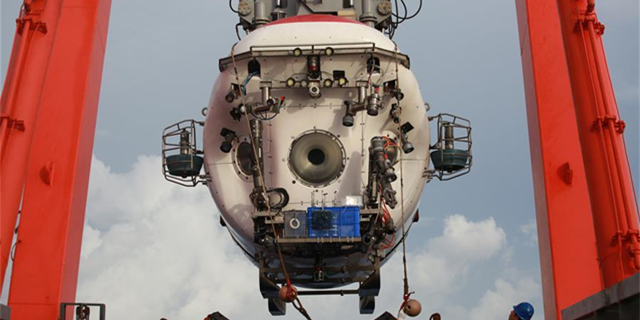The Dancing Economy
One can find a wide range of dance styles being performed at the public areas in downtown Shanghai. For example, people dancing to ballroom styles such as the waltz and the cha-cha can be found at the crossing between Xiangyang Road and Huaihai Road, while a simpler marching-style dance is performed almost every evening at Xujiahui Park.
The dancers are predominantly middle-aged and elderly women who have redefined the meaning of square dancing, which originated in 16th century England and refers to a dance comprising eight dancers in a square. Here in China, square dancing generally means dancing as a means of exercise and is often accompanied by music played on a loudspeaker.
According to China Central Television's finance channel, more than 100 million people in the country have taken up dancing as their choice of exercise. This phenomenon has in turn been a boon to consumption.
Yang Renwen, an analyst with Founder Securities, estimated that people in China have spent over 50 billion yuan ($7.25 billion) on dancing-related products and activities.
The words "square dance" on China's largest e-commerce site Taobao.com generates more than 100 pages of search results. A typical bodysuit complete with a flare skirt is priced around 60 yuan. According to the sales figures displayed on the site, the outfit sells by the thousands every month.
Meanwhile, the best-selling portable loud-speaker on Taobao has garnered more than 19,000 reviews. The 12-inch hi-fi amplifier is priced between 279 to 579 yuan. The higher-end versions include accessories such as a wireless headset with microphones that allow the user to give her peers dance instructions.
















